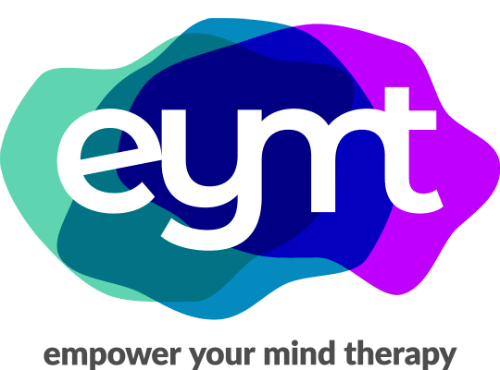Opposite Action for Managing Anxiety
First, let’s define anxiety before we discuss opposite action:
The American Psychological Association or APA defines anxiety as “an emotion characterized by feelings of tension, worried thoughts and physical changes like increased blood pressure.” Much of anxiety is rooted in fear – Fear of the unknown, Fear of not being capable, Fear of certain objects or places, and fear of people. Anxiety sometimes makes us avoid things, places, and people. Anxiety can also affect us physically such as with sweating, trembling, dizziness, rapid heartbeat, hyperventilating, difficulty breathing, etc.
An anxiety disorder occurs when the amount of anxiety we experience is disproportionate to the circumstance and interfere with our daily functioning.
One way to combat anxiety and better manage it is through the DBT Skill: Opposite Action.
What is Opposite Action?
Opposite Action is a part of DBT, emotional regulation module. Part of the goal is to help us change our emotional response to a stimuli or event when our emotions don’t fit the facts and/or it’s not effective to act on the urge or emotion.
Essentially to practice Opposite Action, all you have to do is act on whatever emotion or action is the opposite of the actual emotional urge you’re feeling!
In the Case of Anxiety:
Anxiety tells us mainly to avoid something or to fear something. Anxiety sometimes looks like knowing that something is not dangerous, but still being afraid. To utilize opposite action in this case would be to get more involved with what the anxiety urge is telling us to avoid!
Steps in Opposite Action:
- Figure out the emotion you want to regulate. Name it out loud
- Check the Facts first to see if your emotion fits the facts
- Figure out what your action urge or emotional urge is. What is this current emotion urging you to do?
- Tap into wise mind to see if acting on the emotion will be effective. Will acting on it help you meet your goals?
- If you’re emotion does NOT fit the facts, or it would be INEFFECTIVE to act on it:
- Determine what the Opposite Action to your original urge will be.
- Follow through – Actually DO the opposite Action.
- Repeat until the emotion is changed.
Opposite Actions of Anxiety:
- Do what you are afraid to do – Over and Over again!
- Acting in Opposite sometimes means simply APPROACHING the things that you’re afraid of.
- Take part in things that give you a sense of autonomy, agency and mastery over your fears and anxiety.
Make sure to remind Mindful when you’re utilizing Opposite Action. Be participatory in the events, focused on the present, and push yourself to explore more each time. Pay attention to the information that you’re receiving as noticing that you’re safe even though you’re close to or taking part of the feared stimuli.
And don’t forget to your most powerful skill: Breathing.
Remember that repetition and practice is necessary. Change takes time – Keep at it!
Nothing diminishes anxiety faster than action.
— Walter Anderson



